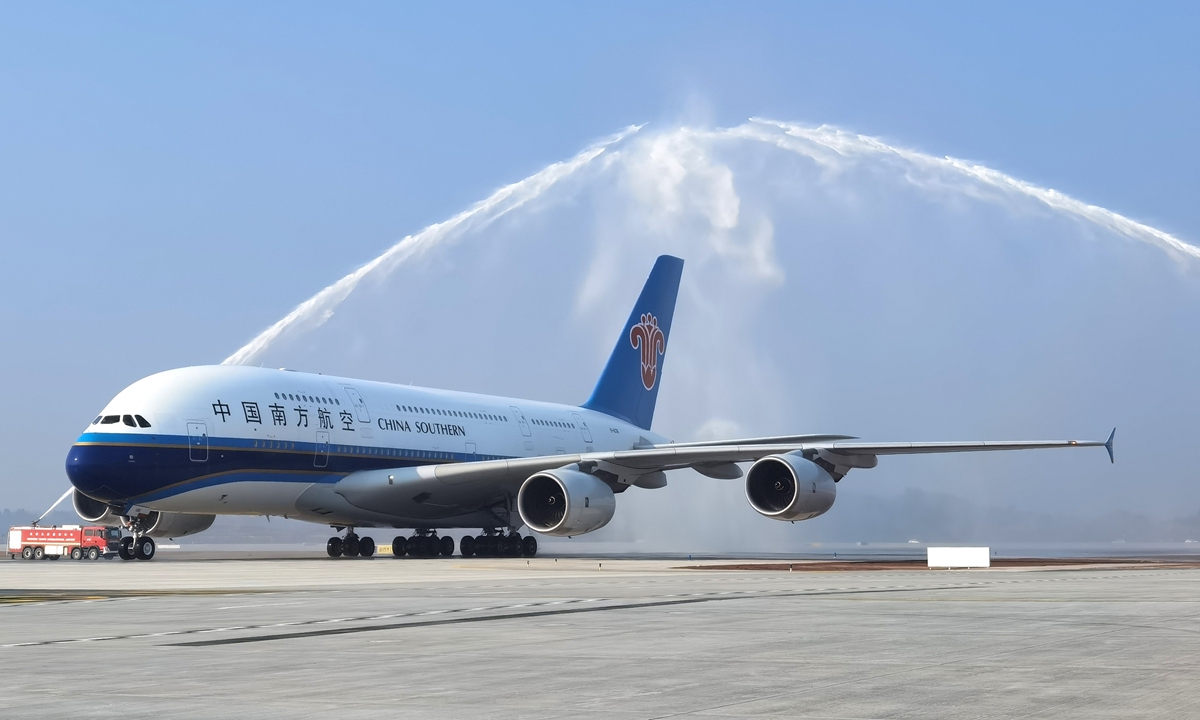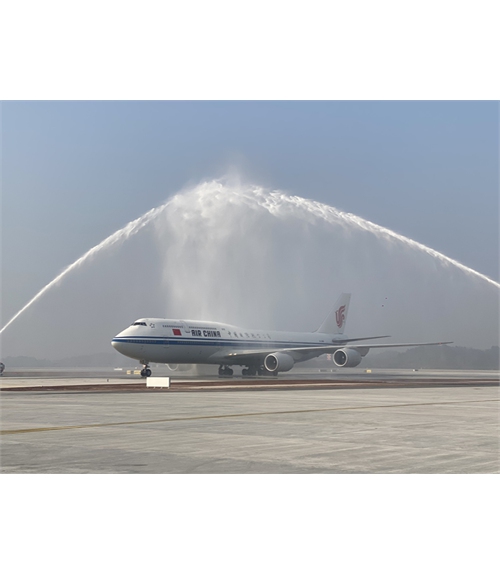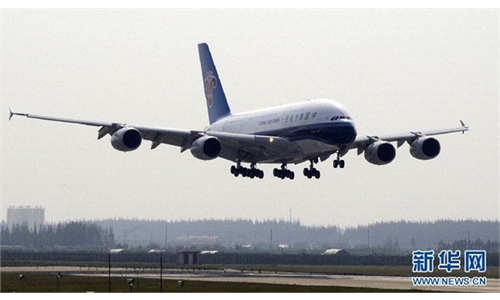Chinese airlines carry half as many passengers in Spring Festival travel rush as two years ago in 2019

Photo: Courtesy of China Southern Airlines
The number of passengers carried by Chinese airlines during this year's Spring Festival travel rush was less than half the level of two years ago, reduced by the global pandemic.
Chinese airlines carried 35.39 million passengers in the 40-day travel rush, which ended on Monday, down 7.78 percent from 2020 -- and also down by more than 50 percent from 2019, data from the Civil Aviation Administration of China (CAAC) showed on Monday.
CAAC said that the average passenger load factor during that period increased by 4.59 percentage points compared with the same period in 2020, but it was down by 18.77 percentage points compared with the same period in 2019.
The CAAC said the number of passenger trips during the Spring Festival holidays this year was much lower than in previous years.
The Chinese government in January encouraged people to stay put over the holidays to reduce the risk of infections during the travel rush, following the resurgence of sporadic COVID-19 cases at that time.
During the 2021 Spring Festival travel period, pre-sales of air tickets departing and arriving in Beijing dropped by more than 60 percent compared with the levels of 2019 and 2020, travel platform qunar.com said on January 28.
CAAC predicted at the end of January that the number of trips in the 40-day travel peak would be about 39 million, almost the same as last year, but far lower than in 2019, when it was about 73 million.
CAAC said on Monday that it is taking measures to relieve market pressures, such as increasing the number of applications for flights on various routes to flexibly arrange capacity in accordance with market demand.
Some provinces are also taking measures on their own. An official from East China's Zhejiang Province said on Monday that the province will carry out domestic tourism in low-risk areas in an orderly manner and gradually resume tourist routes that were suspended due to the epidemic.


